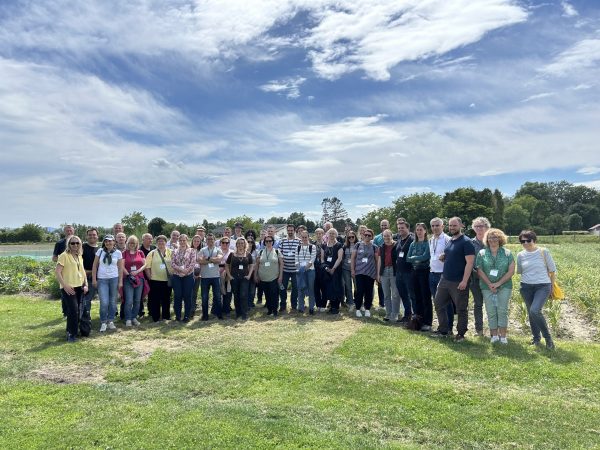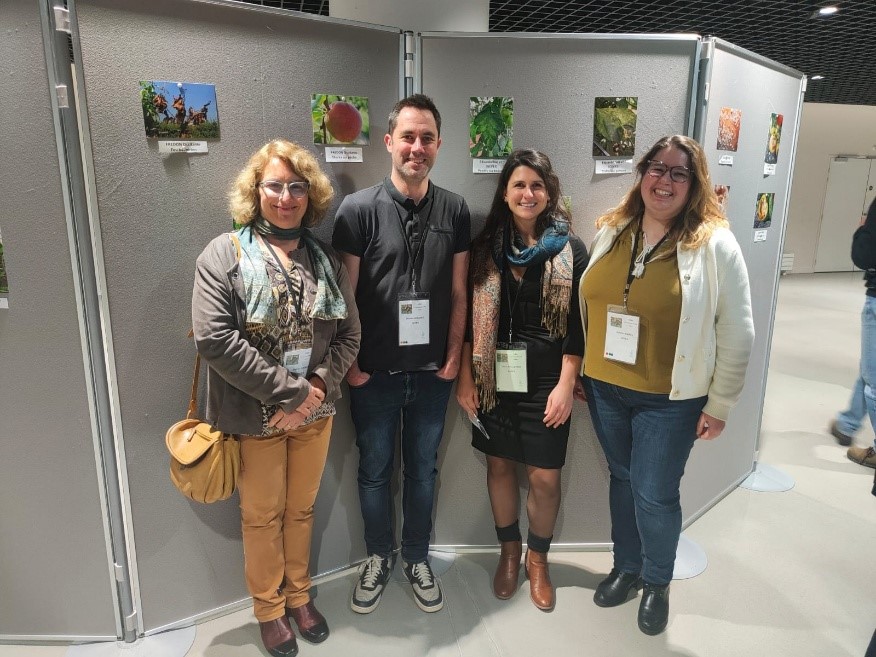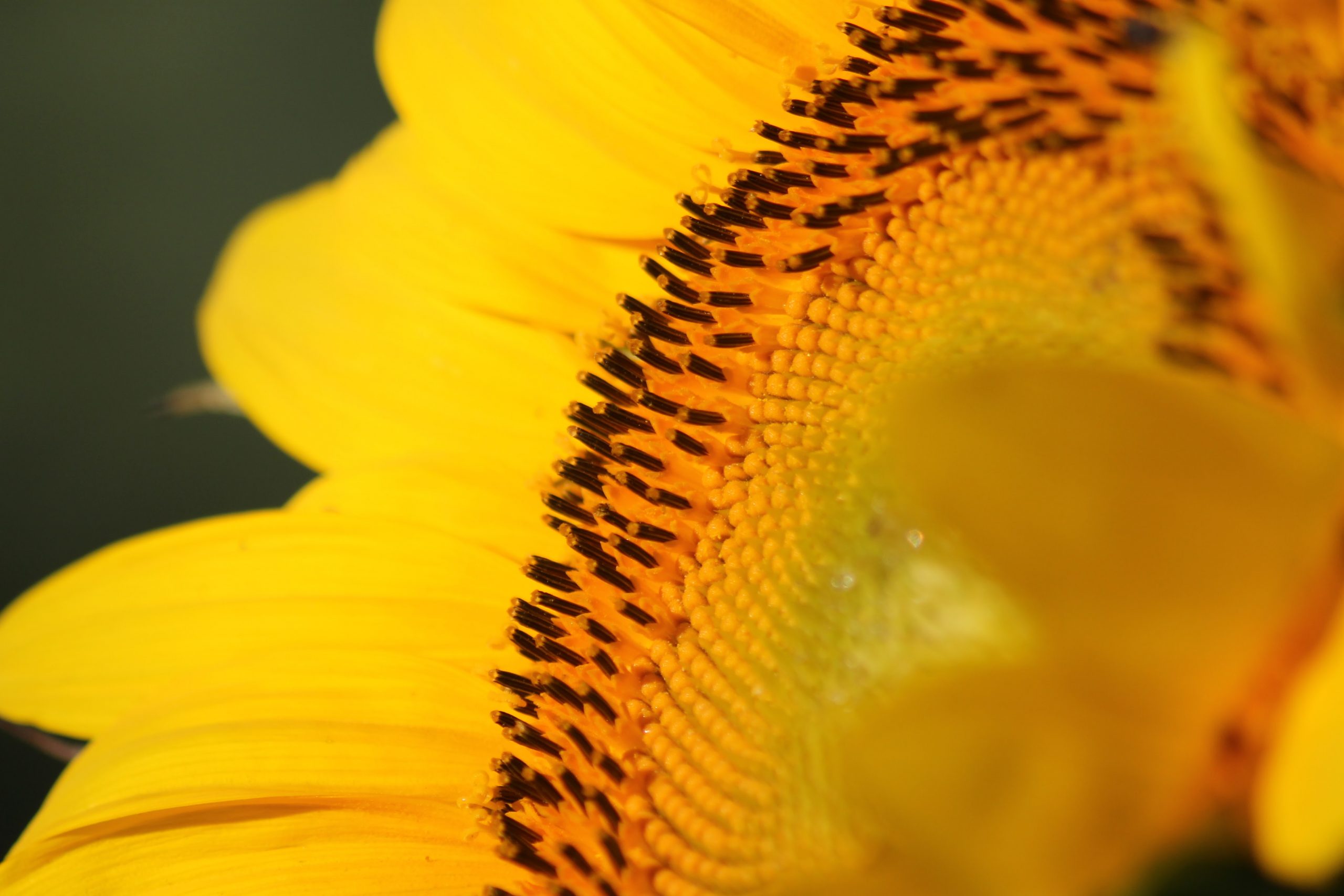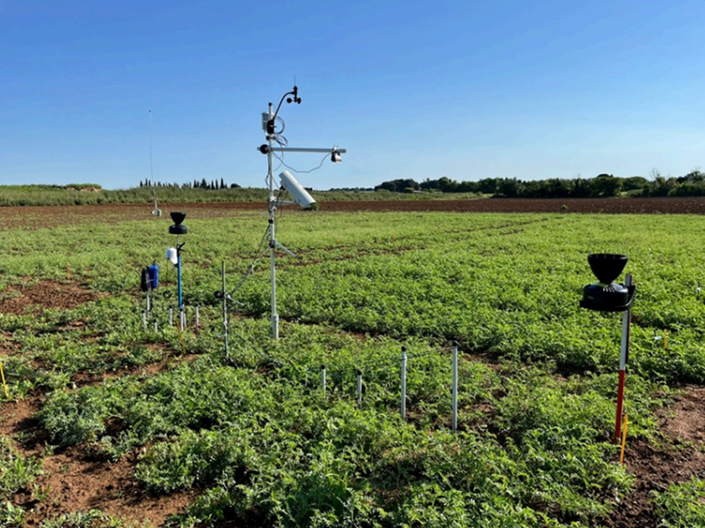
Annual meeting of the European VSCU Group
From 27 to 29 May 2025, GEVES participated in the 18th seminar of the European VSCU group in Slovenia, bringing together VSCU (Value for Sustainable Cultivation and Use) experts from European variety examination offices. Forty-five VSCU experts from 20 countries participated in this meeting organised by the Slovenian office (KIS, Agricultural Institute of Slovenia) in the presence of a representative from the European Commission.
Technical discussions initially focused on developments in the various national VSCU systems, particularly with regard to the inclusion of new characteristics, uses, species or varieties.
The group made progress towards finalising its terms of reference, which define how it will operate.
GEVES has been very active, initially with interventions relating to the recommendations of the CTPS Scientific Committee on climate change and the progress made by an inter-office working group it is leading on the evaluation of cruciferous hernia.
GEVES also reported on its work within the European IPMomara project on monitoring the evolution of cereal rust and potato late blight strains using sentinel varieties planted in VSCU trials conducted by European agencies. Similarly, GEVES presented the work it is coordinating as part of the European Belis project on the comparison of registration systems for grain and fodder legumes.
GEVES also shared its experience in developing digital phenotyping tools, demonstrating that it is one of the most advanced offices in this technology.
Finally, GEVES co-hosted the session dedicated to analysing the legislative proposal on the material regulation of plant reproduction.



